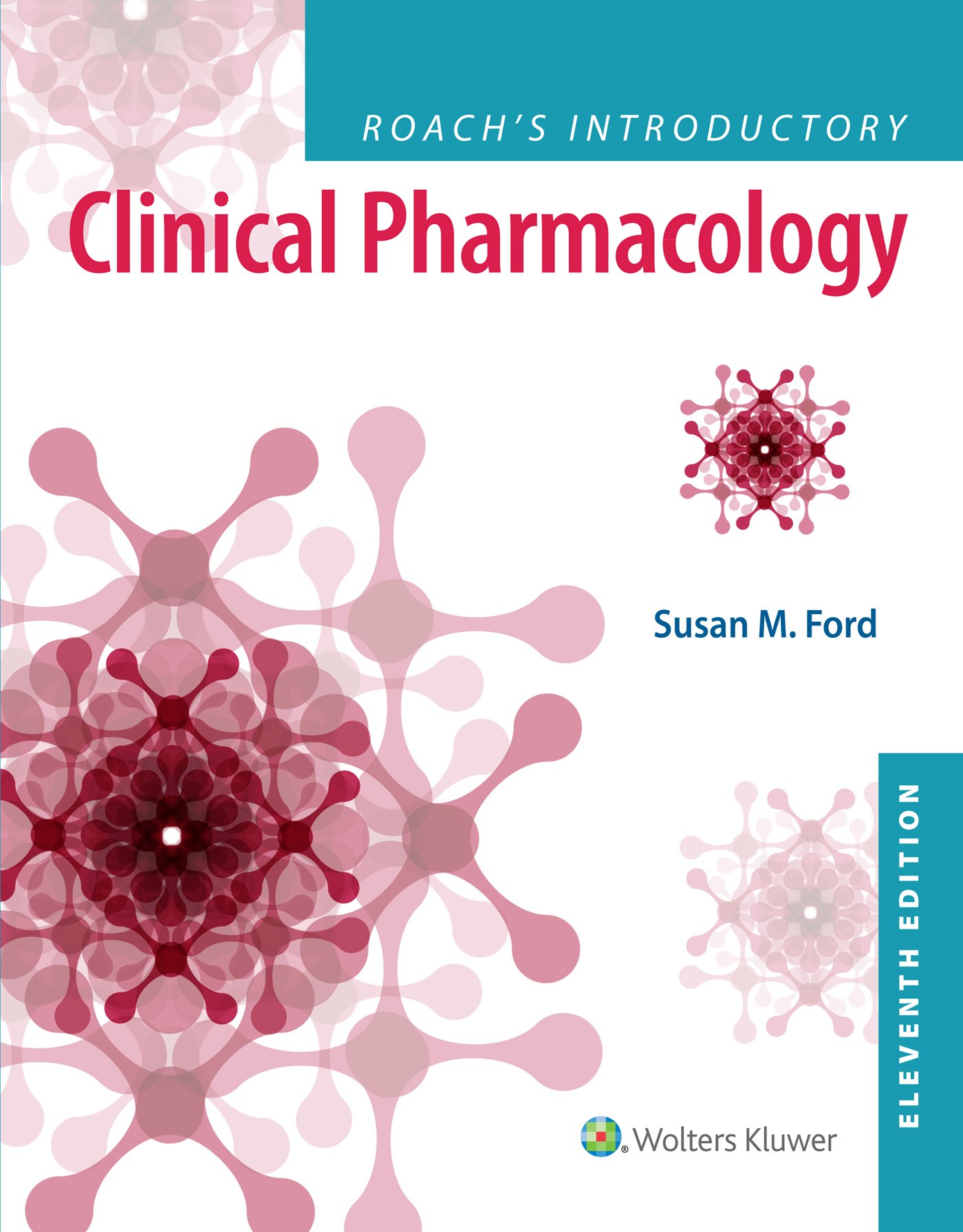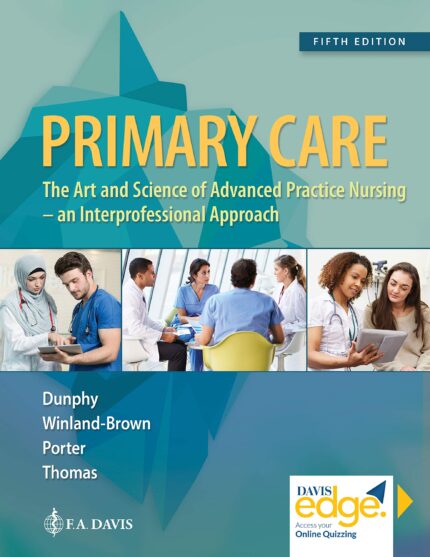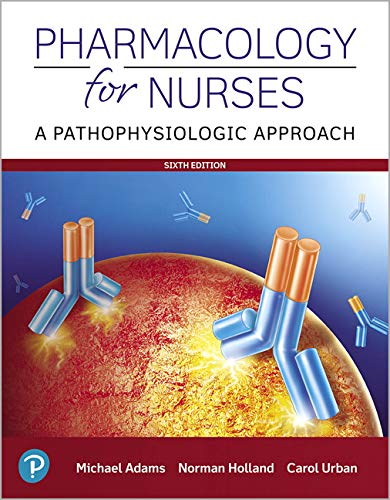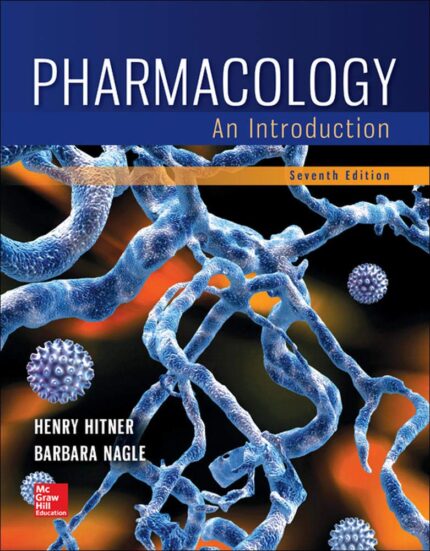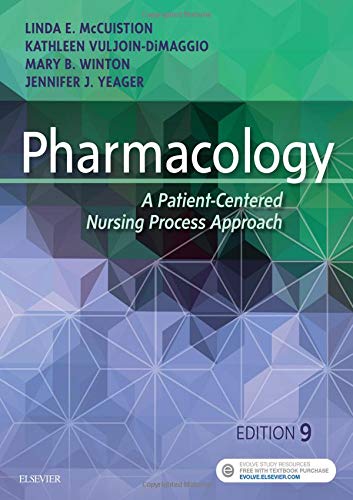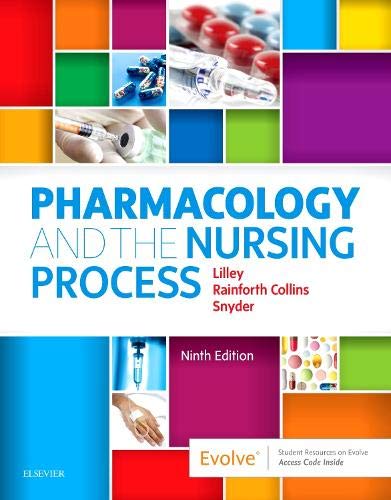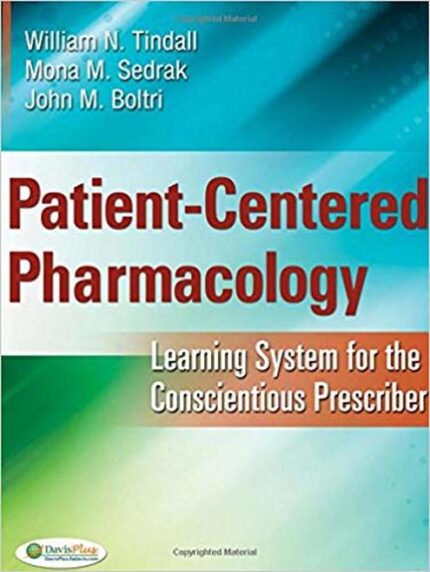Test Bank for Roach’s Introductory Clinical Pharmacology 11th Edition by Ford
Test bank For Introductory Clinical Pharmacology 11th Edition by Ford
Introductory Clinical Pharmacology 11th Edition by Ford – Test Bank
Introductory Clinical Pharmacology 11th Edition
Introductory Clinical Pharmacology
Roach’s Introductory Clinical Pharmacology
11th Edition Test Bank
1. A nursing instructor is preparing a teaching plan for a group of nursing students about
pharmacology. When describing this topic, the instructor would focus the discussion on
which of the following as an essential aspect?
A) Drug name
B) Drug class
C) Drug action
D) Drug source
Ans: C
Feedback:
Pharmacology is the study of drugs and their action on living organisms. Thus, an
essential aspect of pharmacology is drug action. An understanding of the drug name,
drug class, and drug source is important, but the most critical aspect related to
pharmacology is how the drug acts in the body.
2. A nursing student is preparing to administer a prescribed drug to a patient. The student
reviews information about the drug and its actions. Which of the following would be the
best choice for obtaining this information? Select all that apply.
A) Nursing instructor
B) Nurse assigned to the patient
C) Clinical drug reference
D) Prescribing health care provider
E) Clinical pharmacist
Ans: C, E
Feedback:
Although the nursing student can ask the nursing instructor, the nurse assigned to the
patient, and the prescribing health care provider for information about the drug, the best
choices for drug information would include an appropriate drug reference and the
clinical pharmacist.
3. When describing the various types of medications to a group of nursing students, a
nursing instructor would identify which of the following as a source for deriving
medications? Select all that apply.
A) Plants
B) Synthetic sources
C) Mold
D) Minerals
E) Animals
Ans: A, B, C, D, E
Feedback:
Medications are derived from natural sources, for example, plants, molds, minerals, and
animals, as well as created synthetically in a laboratory.
4. Which of the following names may be assigned to a drug during the process of
development? Select all that apply.
A) Chemical name
B) Official name
C) Pharmacologic name
D) Trade name
E) Nonproprietary name
Ans: A, B, D, E
Feedback:
Throughout the process of development, drugs may have several names assigned to
them including a chemical name, a generic (nonproprietary) name, an official name, and
a trade or brand name.
5. A drug may be classified by which of the following? Select all that apply.
A) The chemical type of the drug’s active ingredient
B) The way the drug is used to treat a specific condition
C) The generic name of the drug
D) The trade name of the drug
E) The nonproprietary name of the drug
Ans: A, B
Feedback:
A drug may be classified by the chemical type of the active ingredient or by the way it is
used to treat a particular condition. Generic, trade, and nonproprietary refer to how a
drug is named.
6. A group of nursing students are reviewing information about the process of drug
development in the United States. The students demonstrate understanding of this
process when they identify that which of the following categories are assigned by the
Food and Drug Administration to newly approved drugs? Select all that apply.
A) Metabolite
B) Noncontrolled substance
C) Prescription
D) Nonprescription
E) Controlled substance
Ans: C, D, E
Feedback:
Once drugs are approved for use, the FDA assigns the drug to one of the following
categories: prescription, nonprescription, or controlled substance. Metabolite refers to
the inactive form of the drug. The noncontrolled substance is a term that is not used.

